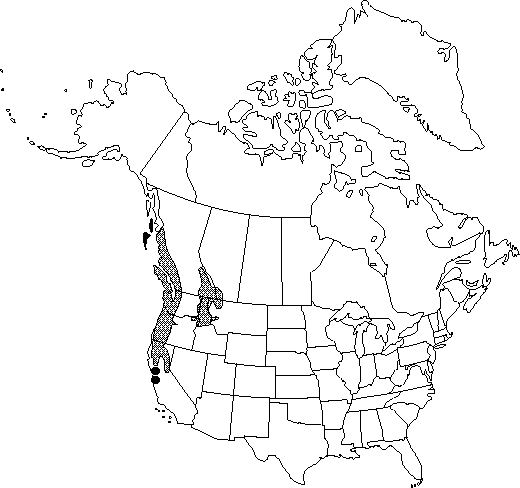11.28.2008
The Yew: 6,000 Years of History
>


European yew with edible berry
From Benjamin Franklin to Henry V, from Otzi the ice man, to Robin Hood, to cancer patients today, all of these people have one thing in common, they advocated the yew, an evergreen tree of the genus taxus which grows worldwide.
In a 1776 letter to General Charles Lee, a Revolutionary war general, Franklin wrote:


Benjamin Franklin and General Charles Lee, formerly of the British Army
"We have a large quantity of saltpeter, 120 tons...but I still wish, with you, that pikes could be introduced, and I would add bows and arrows. They were good weapons, not wisely laid aside; 1st, because a man may shoot as truly with a bow as with a common musket. 2nd, he can discharge four arrows in the time of charging and discharging one bullet. 3rd, His object is not taken from view by smoke on his side. 4th, a flight of arrows, seen coming upon them, terrifies and disturbs the enemies' attention. 5th, An arrow striking any part of a man puts him hors du combat till it is extracted. 6th, Bows and arrows are more easily provided everywhere than muskets. Polydore Virgil, in speaking of one of our [British, not American] battles against the French in Edward III's reign, mentions the great confusion the enemy was thrown into, sagittarium nube..."
While Franklin's wish went unheeded, the bow he was referring to was the longbow, made from the European yew, having a range of up to 300 yards, and became greatly popular when hefted by yeoman in the years after 1100 in England, when it was used effectively against the Normans in the annexation of Wales. Subsequently it played a prominent role in most English battles until Queen Elizabeth decided to stop enrolling bowmen in favor of matchlock musketeers in the middle 16th century, and was popularized in the Robin Hood tales, whose band of merry men always carried the longbow.

The oldest longbow remnant in England was found in the town of Ashcott, Somerset, dating to approximately 2,665 B.C.E. Neolithic societies in Europe pioneered the longbow and discovered the facet of its natural properties that gave it greater power than steel. The heartwood at the center of the tree is very dense and can withstand great compression, while the light sapwood under the bark - and narrow runner branches in the crown - is extremely elastic and can be bent back 180 degrees and snaps back in place, unharmed. Ancient peoples experimented and used the heartwood for the back of the bow and cemented sapwood to the front with a natural glue, creating a compound effect. As a result, unprecedented distance and power was achieved in the six-foot bow, though often it took more than 100 pounds of force to pull back the bowstring into a firing position.
Early yew bows are found throughout the continent and Otzi, the ice man discovered in an Alpine glacier in 1991, was carrying an unfinished yew bow stave when he was caught in an unseasonable cold storm while walking across a mountain meadow 5,300 years ago or fell into a crevasse. In a leather pouch, Otzi carried a variety of tools, a fire-starting kit, and a few herbs.
The very similar taxus brevifolia, or Pacific yew, lives in the coastal mountains of North America from British Columbia to Central California, with stands in the Northern Rockies.

Range of the Pacific yew
In recent decades, the chemotherapy drugs Paclitaxel and Abraxane, anti-cancer agents used for breast, lung, and ovarian cancer therapy are derived from the bark of the Pacific yew, and marketed by Bristol Myers. The company patented the name taxil. Sales in the U.S. reached $1.6 billion in the year 2000. Early on, the yew was included by Pliny the Elder in his chapter 'The Natural History of the Forest Trees' as a noxious compound, and he reports there was reputedly a poison for the tips of arrows made from the yew called "taxon." Around the year 1000, the Persian biophilosopher Avicenna named yew as a possible cardiac remedy in his Canon of Medicine.
Labels: abraxane, baccata, brevifolia, franklin, henryv, lee, paclitaxel, robinhood, taxus, yew

